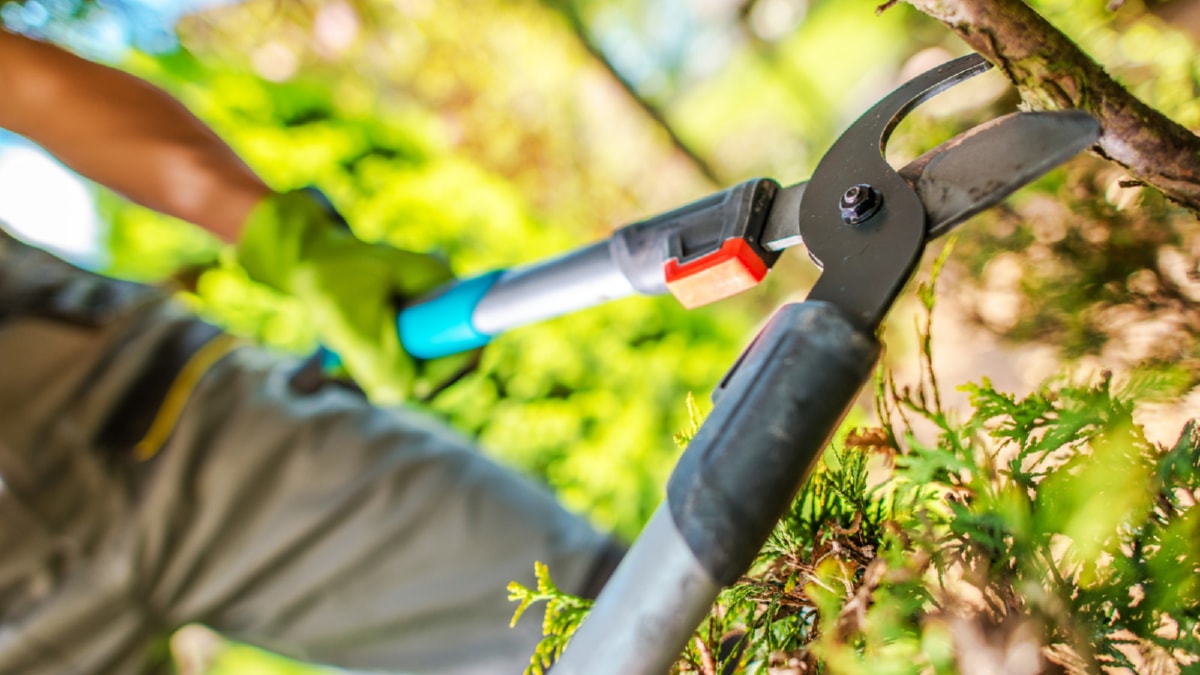In this era of growing environmental consciousness, the construction industry has a significant role to play in promoting sustainability. The incorporation of green practices in modern construction is not merely a trend, but a necessity. This guide provides a comprehensive outlook on how to implement such practices, contributing to a more sustainable and environmentally friendly construction industry.
The concept of green construction focuses on reducing the environmental impact of buildings through their life cycle, from design and construction to operation and demolition. This approach goes beyond just creating energy-efficient structures; it encompasses sustainable site development, water-saving strategies, waste reduction, and the use of eco-friendly materials.
The first step in implementing green practices in construction is sustainable site development. This involves selecting a site with careful consideration for its environmental impact. For example, building on a previously developed site or near public transportation can help reduce pollution and land development impacts caused by personal transportation. It’s also crucial to consider elements like landscape design, stormwater management, and light pollution reduction.
Water efficiency is another key aspect of green construction. By incorporating water-saving strategies, such as rainwater harvesting systems, drought-resistant landscaping, and water-efficient plumbing fixtures, builders can substantially reduce a building’s overall water consumption.
Waste reduction is a critical component of green construction, as the construction industry is a major contributor to the global waste stream. Implementing practices such as on-site sorting of waste for recycling, using prefabricated components to minimize waste, and selecting products with minimal packaging can help reduce construction waste significantly.
The choice of building materials also plays a pivotal role in green construction. Using recycled and environmentally friendly materials, such as reclaimed wood, recycled metal, and low-VOC paints, can significantly reduce a building’s environmental footprint. Additionally, sourcing materials locally can minimize transportation-related emissions.
Energy efficiency is another cardinal aspect of green construction. Integrating renewable energy sources like solar panels or wind turbines can significantly reduce a building’s energy consumption. Moreover, the use of energy-efficient appliances, insulation, windows, and lighting can further lower energy use while providing cost savings to the building occupants.
The implementation of green practices in construction also extends to building operation and maintenance. Strategies such as regular equipment checks to ensure optimal efficiency, using green cleaning products, and encouraging recycling can help maintain the building’s sustainability long after construction is complete.
In conclusion, implementing green practices in modern construction requires a comprehensive, multi-faceted approach. It involves every stage of the building’s life cycle, from site selection and design through to construction, operation, and eventual demolition. While this may seem daunting, the benefits of green construction – including reduced environmental impact, cost savings, and improved occupant health and comfort – make it a worthwhile endeavor. By embracing these practices, the construction industry can play a significant role in building a more sustainable future.
For more details, check best masonry services or visit their business listing here.



